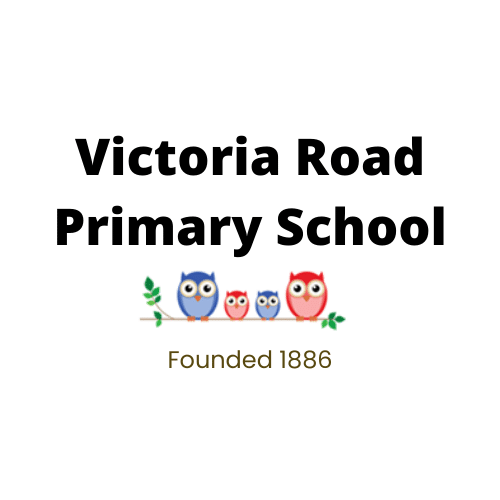Computing
Computing Curriculum
Our Subject Lead for Computing: Mrs T Taylor
Curriculum Statement
At Victoria Road Primary School, we aim to deliver a computing curriculum that enables children to be equipped with the skills necessary to confidently work within our increasing digital world.
Intent
At Victoria Road Primary, we understand the immense value that technology has. With technology playing such a significant role in society today, we believe ‘Computational Thinking’ is a skill that children must be taught in order to participate effectively and safely in this digital world. A high-quality computing education enables pupils to use creativity to understand and change the world. Computing teaching has deep links with mathematics, science, and design and technology. Our aim is to ensure that children become digitally literate and digitally resilient. They will be equipped with the skills and knowledge to use technology effectively, not only for their own benefit but also and, most importantly, safely.
Implementation
Computing at Victoria Road at key stage 1 and 2 is taught across six units in each year group with the intention that each unit is taught over a half term. In EYFS, although not statutory, it is explored through using technology to solve problems and produce creative outcomes. As a school we follow the Teach Computing scheme of work.
This was selected because long term plans detail the’ Powerful Knowledge’ that is taught and ensure that there is a clear progression in key skills, both across a year and from year to year.
Each unit provides opportunities for developing computational thinking concepts by using approaches including tinkering. Learning sequences also provide opportunities to develop creativity and solving problems within a meaningful context for applying what is learnt. This scheme also provides opportunities to develop children’s conceptual understanding alongside opportunities for them to be creative and to apply taught skills, as they become digitally literate. Learning through experimentation, discussion and making are at the core of the scheme. This ‘hands on’, practical approach supports the development of long term memory and gives children with limited technical English a context in which to learn and use new vocabulary.
Impact
To know more! To remember more! To apply more!
We want our children to understand the consequences of using the internet and know how to keep themselves safe online. We intend our children to be responsible, competent, confident and creative users of information and communication technology. Our Computing curriculum is high quality and it is planned to demonstrate progression. If children are keeping up with the curriculum, they are deemed to be making good or better progress. In addition, we measure the impact of our curriculum through the following:
- A reflection on standards achieved against the planned outcomes
- Pupil discussions about their learning (pupil voice)
- Children can understand and apply the principles and concepts of computer science, including abstraction, logic, algorithms and data representation
- Children can analyse problems in computational terms, and have repeated practical experience in writing computer programs to solve such problems
- Children can evaluate and apply information technology, including new or unfamiliar technologies, analytically, to solve problems
- Children can recognise potential dangers, be aware of the need to stay safe in the digital world, and explain ways to do so.

Computing
‘Technology is the pen and paper of our time, and the lens through which we experience much of our world.’ David Warlick







